The arms were officially granted on May 28, 1873. The coat of arms of Kemi is a combination of symbols for seafaring and the local salmon fisheries.
City: Kemi
Region: Lapin maakunta
Country: Finland
My Commentary: The towns at North of Finland are very similar, all of them full of nature and lakes and totally peaceful. Kemi is not different.
Region: Lapin maakunta
Country: Finland
My Commentary: The towns at North of Finland are very similar, all of them full of nature and lakes and totally peaceful. Kemi is not different.
Interesting Facts:
- The melodic metal band Sonata Arctica was formed in Kemi
- The melodic metal band Sonata Arctica was formed in Kemi
- Kemi has the largest Snow Castle (Kemin Lumilinna) in the world, each year it's made with a different theme and it includes even a chapel in which weddings are celebrated.
- There is a plan to have the municipalities of Kemi, Simo and Keminmaa joint in one forming a "Greater Kemi"
- Kemin Jalokivigalleria in Kemi is the largest collection of gemstones in Europe
- Kemi's population is yearly declining
History of Kemi: City of Kemi was founded by Imperial Majesty Regulation 5. March, 1869 . The Port of Kemi was founded at the same time, and the city also received the tapulikaupunkioikeudet which are the rights of foreign trade. Even before the foundation, Kemi had its wood processing industry (Laitakari steam sawmill in 1863). After its establishment as city, the region grew rapidly to become one of the most important wood processing industry concentration in Finland. The industrial growth also improved transport links: the railway in 1902 and the airport in 1939 . Kemi Train Station is still an important rail hub.
By 1931 the city's land area was from previous 5.8 square kilometers to 83.5 square kilometers. The population increased from 3543 to 16795. The Winter War and the Continuation War didn't affect Kemi but the Lapland War against Nazi Germany did so places as the City Hall had to be rebuilt afterwards. The post-war period in Finland was an uncertain time because a communist coup was feared. In 1949 there was a strike of the worker of Kemy Oy and on August 18 the strike escalated on a violent clash called "Kemi Bloody Thursday" between strikers and local police, two workers were killed and several injured. Further with the enlargement of the wood processing industry, the paper and cardboard industry, Kemi increased and in the 1960s, the city had nearly 30 000 inhabitants. Kemi at that time was the second most important and largest city in Northern Finland after Oulu. In the 1970s came the automation, reducing the need for the industries to hire human labour, and the states agencies started focusing on Rovaniemi so Kemi's population began to decline rapidly.
My Photos in Kemi
Part of: Europe 2013 series

Me, Samuel and Maíra
Mangoes from Brazil
In Finland I can even sleep in the afternoons
Samuel's family which are very nice people and treated me extremely well
The house's dog
Finnish food: pancakes, ice-cream and jam
With my friends Samuel and Maíra and Simo's family
The library of Kemi
The Old Church of the suburban parish of Keminmaa was erected in 1530-1660. In the sparsely populated and very wide Kemi Lapland the church was the most central church of that time.
The early two churches of the parish founded in the early 14 th century were of wooden construction and were located closer to the northern part of the Gulf of Bothnia. These temples were not allowed to be in peace from the invaders - finally the disastrous fires were their fate.
The church is named after St Michael and there is a church porch in the southern part inside the thick walls and there is a sacristy on the opposite side. You can experience silence and peace from across the centuries in the auditorium.
The paintings on the ceiling of the church depict the sufferings of Christ; they date from 1650. The pictures on saints on the walls, the baptismal font and the holy-water font date from catholic times. The bier and stocks located in the church porch as well as the black pew standing inside the church itself remind us of the old parish tradition.
The church has been used in the 19 th century as a mortuary and wintergrave and the church fell into disrepair. In 1957 the church was repaired thoroughly and the furniture was replaced.
The fame of the Old Church of the Parish of Keminmaa is mostly based on the Lutheran priest, Nikolaus Rungius. He was vicar of Kemi church during the Thirty Years War. Nikolaus Rungius died in 1629 and he was buried under the church in the tradition of the times.
Rungius´ undecaying corpse is still on view in the church. Rungius is said to have averred in one of his sermons: If my words are not true, then my body shall rot, but if they are true then my body will not rot.
You can visit the Church of St Michael and find the truth of that preaching. The old suburban church of Keminmaa is one of Northern Finland's most popular tourist attractions.
The Old Church of Keminmaa is creation of the middle-age church architecture. It is built of natural stones. (source)
The feeling of being in a church of the 16th century is amazing
Samuel's father was a great plan maker and guide those days

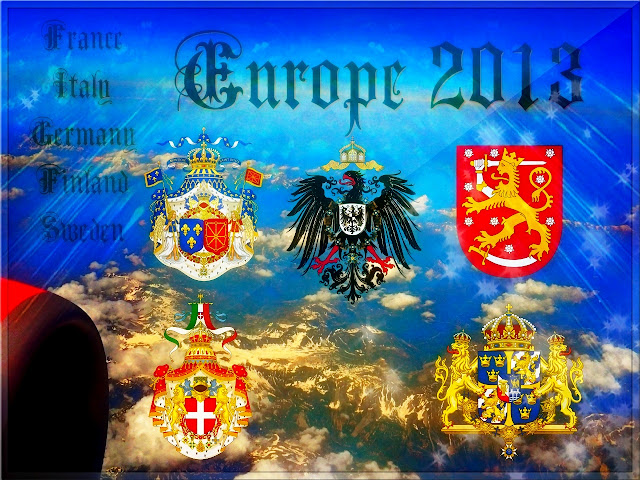





















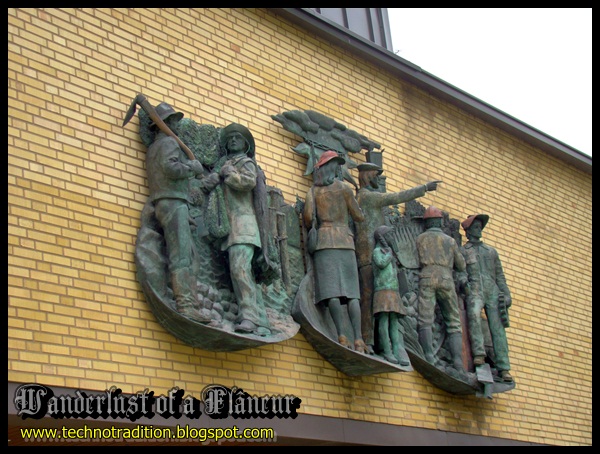

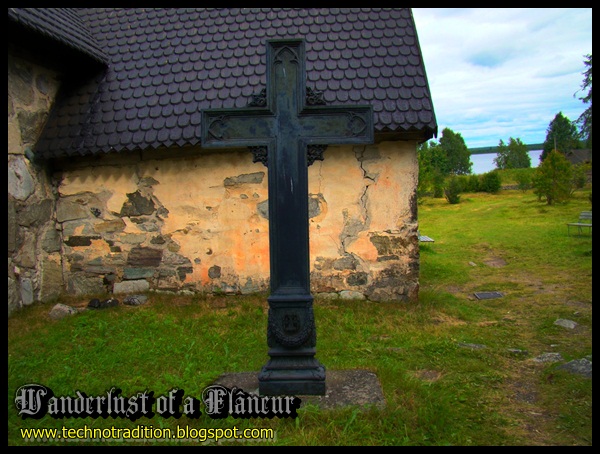
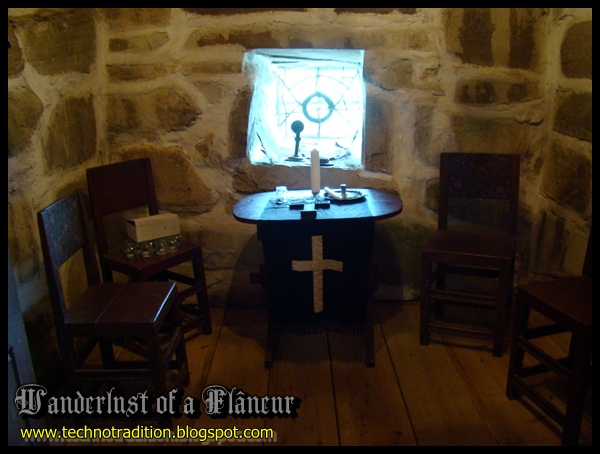
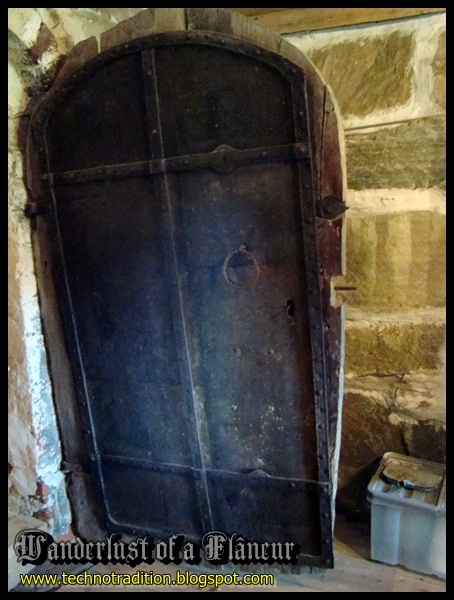

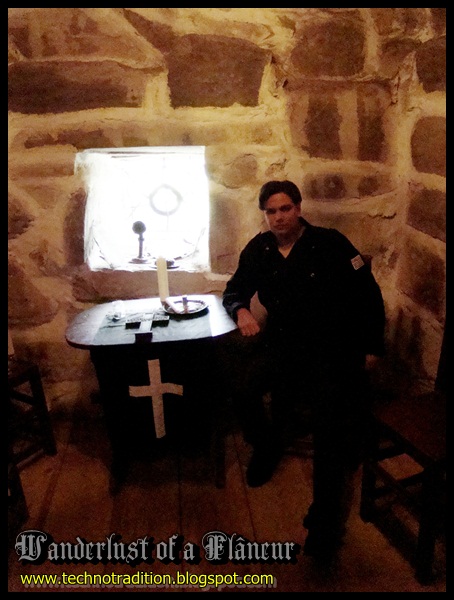
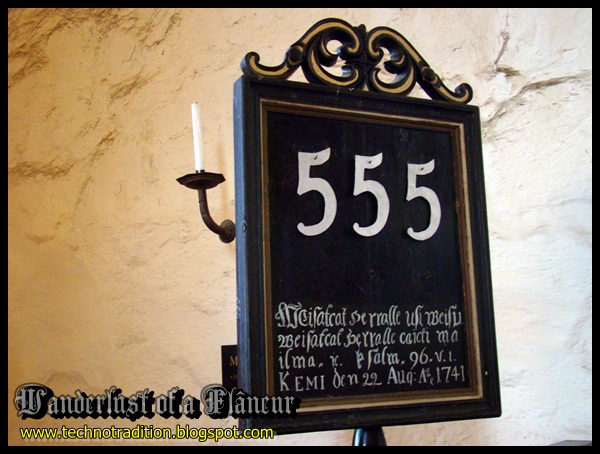
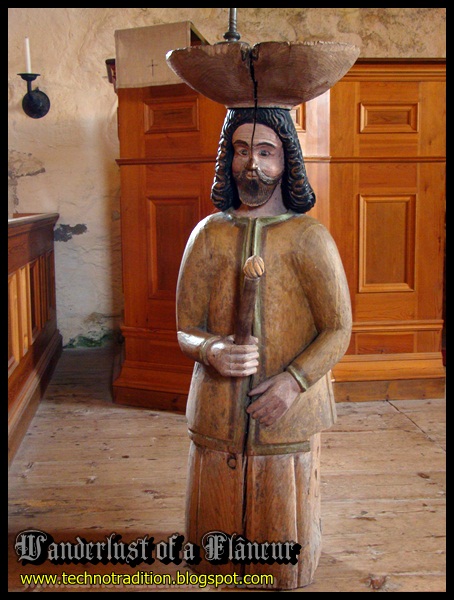

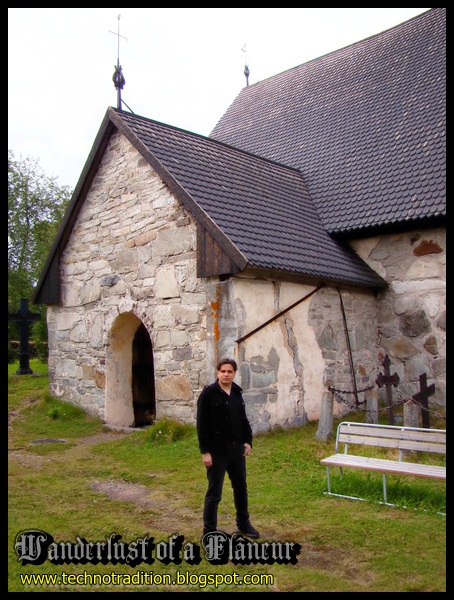
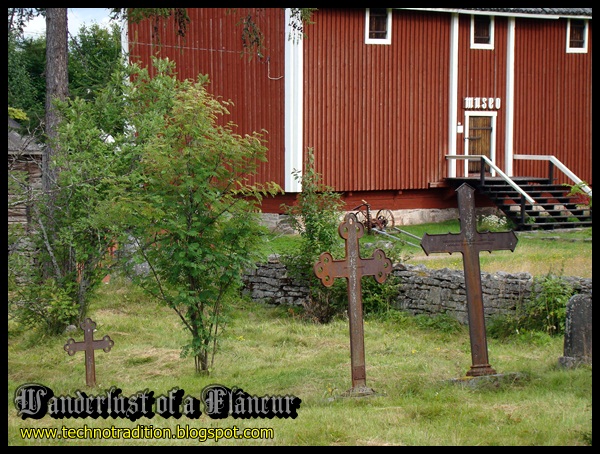






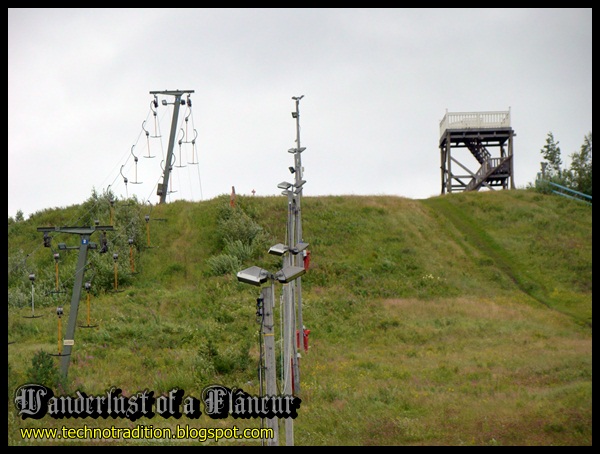



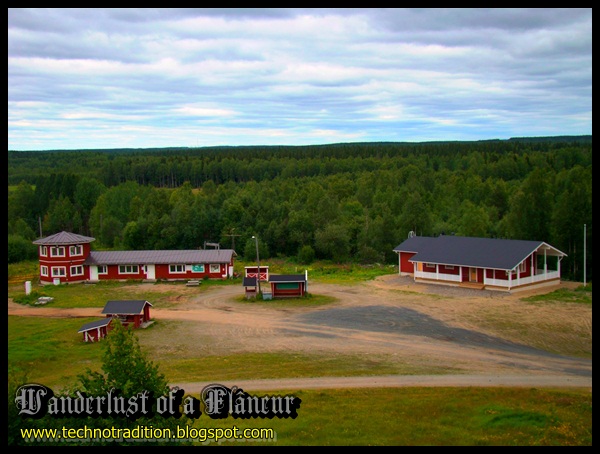











No comments:
Post a Comment